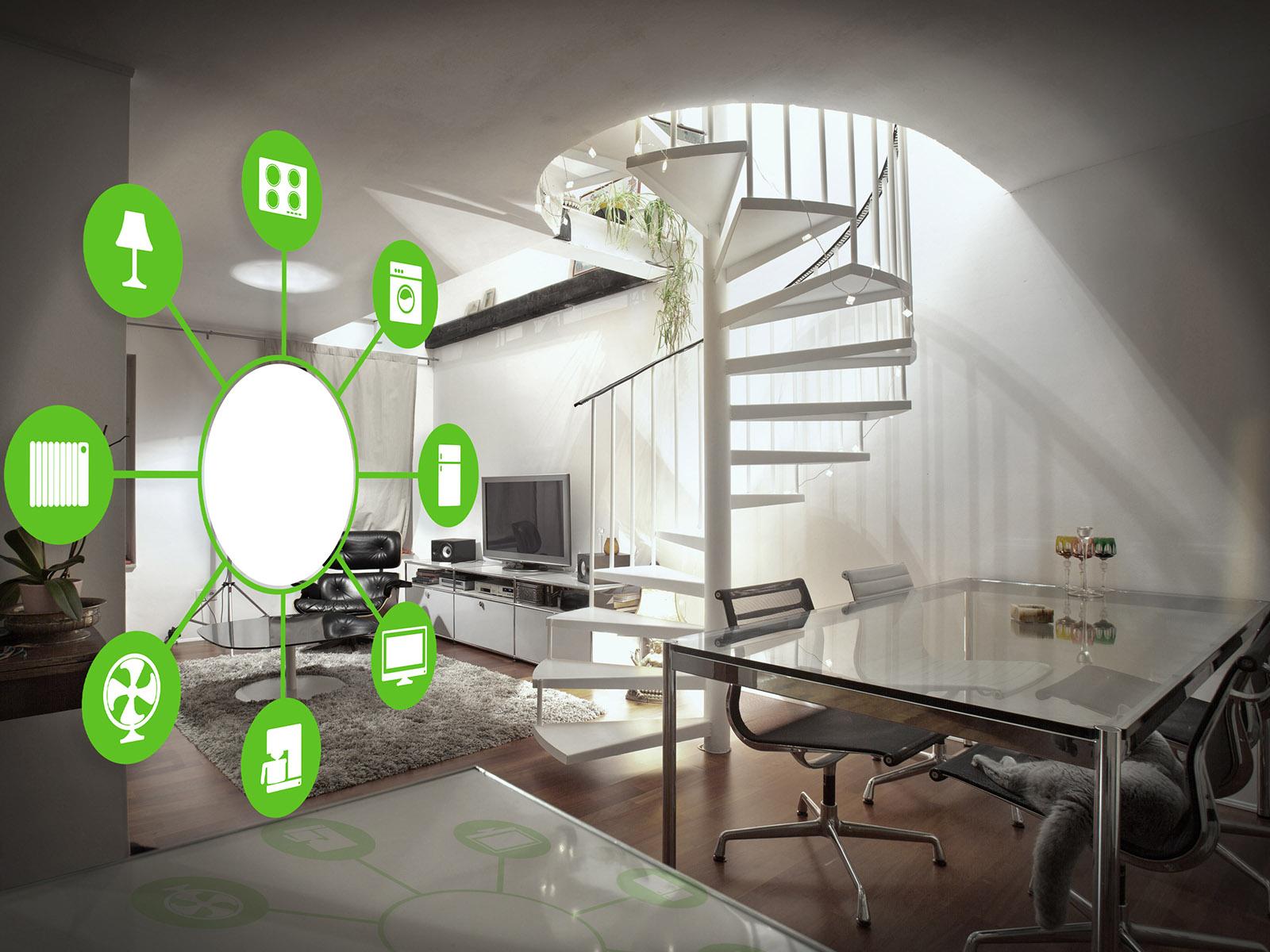Residential Load Flexibility
Linking homes and grid

Residential load flexibility techniques coordinate energy use with the power grid in a manner that maintains comfort while improving the balance of supply and demand on the grid.
Image: Alexander Kirch | Shutterstock